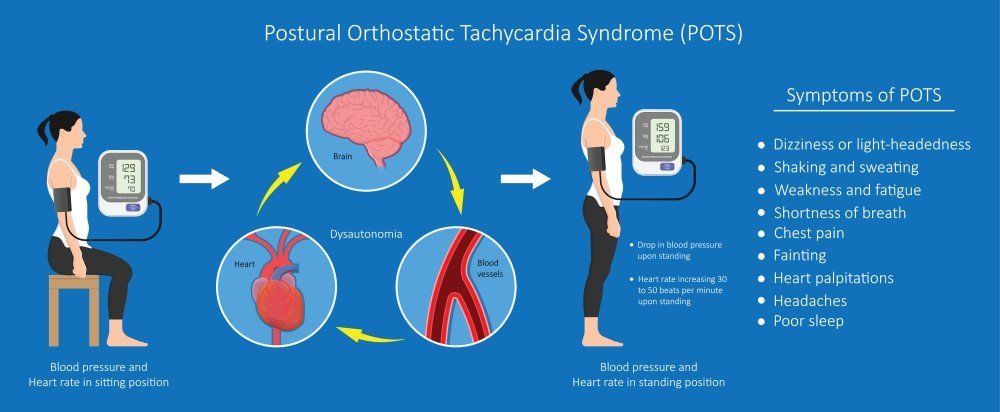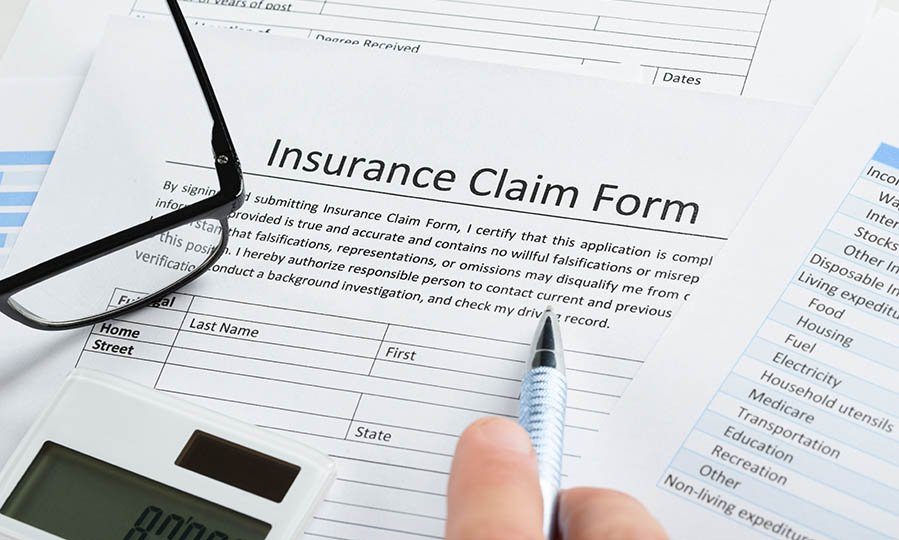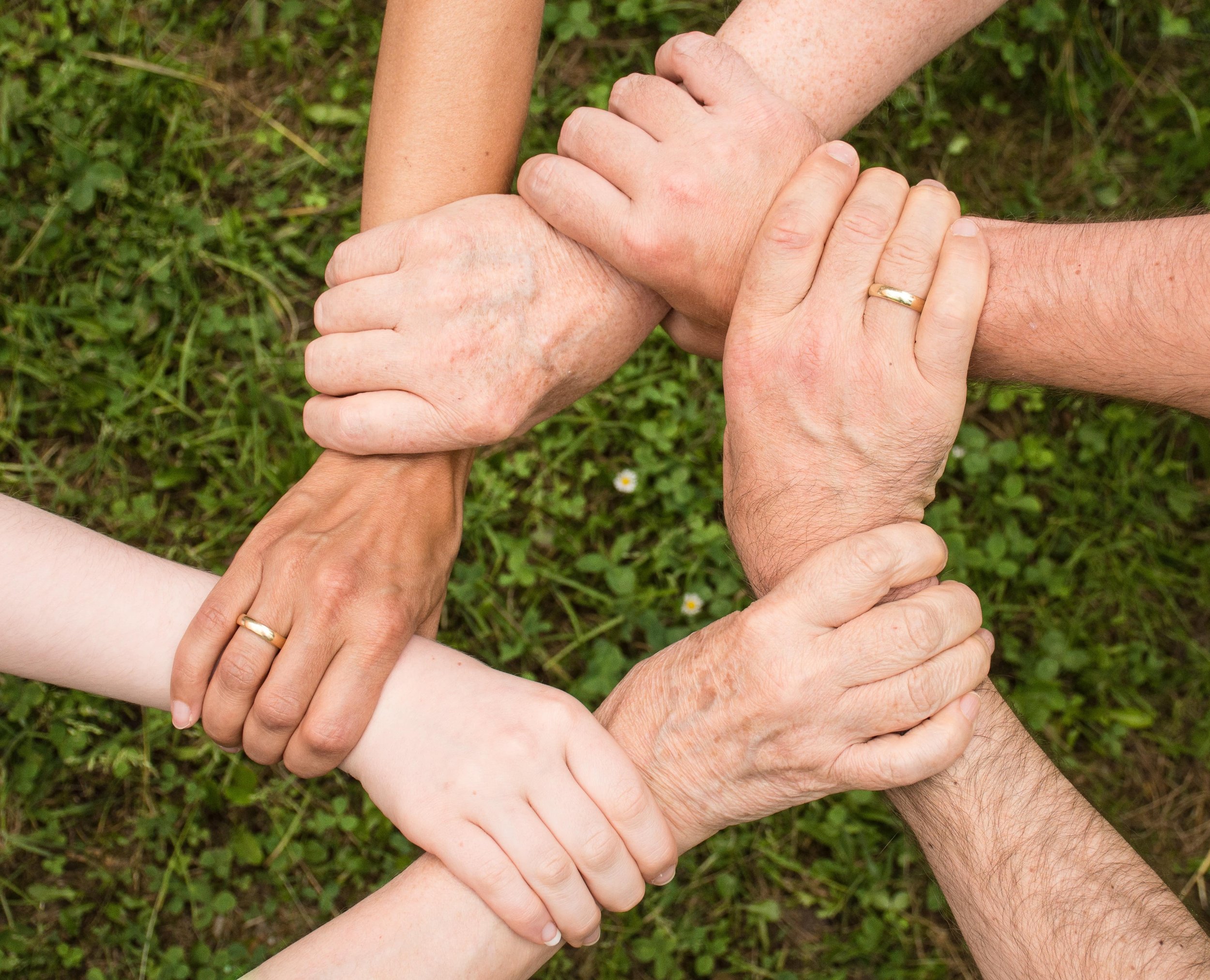
A New Era of Cancer Screening

Podcast: “Demystifying Genetics with Dr. Paldeep Atwal, M.D.”

Podcast “Getting Familiar With Clinical Genomic Medicine And Hypermobility Disorders With Dr. Paldeep Atwal”
Podcast “Getting Familiar With Clinical Genomic Medicine And Hypermobility Disorders With Dr. Paldeep Atwal”

Finger Splints and Hyperextension

Getting Familiar With Clinical Genomic Medicine and Hypermobility Disorders

Why refer to medical genetics?

Preparing for a Telemedicine Visit

TeleGenetics

How Dysautonomia and POTS Affect the Heart

How do I submit an out of network provider claim?

What is Ehlers-Danlos Syndrome?

Caring for someone with EDS

Ehlers Danlos Syndrome (EDS) & Gastroparesis

What is telemedicine?

Genetic Conditions

What is Pharmacogenomics (PGx)

Dysautonomia from Ehlers-Danlos Syndrome (EDS)
One part of your body’s nervous system is known as the autonomic nervous system, or ANS. This system helps control your heart rate, breathing, sleeping, and digestion. The ANS can be broken down further into two other systems: the sympathetic nervous system and the parasympathetic nervous system.
The sympathetic nervous system involves the body’s fight or flight response.
The parasympathetic nervous system helps with rest and digestion.
With Ehlers-Danlos Syndrome, there is an imbalance in the sympathetic nervous system, known as dysautonomia, which causes issues with blood pressure, blood volume, and brain signals. Dysautonomia results from poor blood volume to the brain, poor heart pumping, and dehydration.
Symptoms of Dysautonomia
GI Tract
Dry mouth
Stomach pain
Constipation
Nausea
Reduced food intake
Irritable Bowel Syndrome
Bloating
Cardiac
Racing of the heart
Drop in blood pressure or sudden increase in blood pressure
Dizziness with standing
Fainting
Sleep
Problems falling asleep
Issues staying asleep
How do I manage my dysautonomia?
Increasing blood flow to the brain helps reduce symptoms. Some ways to do this are below:
Fluid
Patients with EDS do not typically feel thirsty. This can lead to low blood volume.
For the best results, drink 80-90 ounces of water and/or sports drink per day.
Keep a paper log of the amount of water you drink each day.
To help your kidneys retain fluid, add 1-2 teaspoons of salt per day.
Exercise
Low impact exercise can help with your symptoms.
Swimming and riding a recumbent bike are good ways to exercise.
You will get the best results if you exercise 30 minutes a day, 5 times a week.
Work with a Physical and Occupational Therapist as needed.
For questions or more information on how to manage your symptoms, schedule an appointment

Research

Hypermobility at Home

